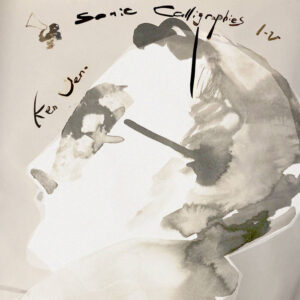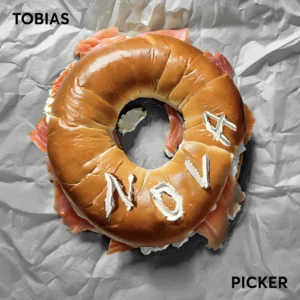Ken Ueno – Sonic Calligraphies (Off-record)
Composer and vocalist Ken Ueno is a creator and performer of notated composition, sound art, and improvisation. A professor at UC Berkeley, Ueno’s singing involves extended techniques, with an investigation of throat-singing styles from many traditions being just one facet of them. His explorations have also often included using a megaphone.
The megaphone is not often thought of in musical contexts, but rather as an amplifier of spoken voices, often strident in demeanor and used for warning of danger, imposition of power, and inducing fear. Ueno’s employment of it in previous contexts turned these aims on their heads, serving as commentary on political subterfuge and decolonization. His latest work for voice and megaphone, Sonic Calligraphies, does this too, but in a more abstract fashion. In order to obtain certain frequencies, he modifies vowels to create expressive, but not directly linguistic, inflections.
Another partner in this endeavor is the recording venue, The Tank, a disused, large metal cistern in Rangely, Colorado. Converted from water container to performance venue, it has a one second delay and is extremely resonant. The inception of its use for performance was the iconic 1989 LP Deep Listening, made by Pauline Oliveros, Stuart Dempster, and Panaiotis. Oliveros later repurposed the recording’s title as a manifesto for her discipline of sound studies. Like this trio, Ueno employs the resonance of the tank, exploring its high ceiling and spacious interior with detailed attention. His sonic palette is a panoply of overtones, microtones, multiphonics, and glissandos. They are deployed in everything from gentle forays to dramatic sonic maelstroms.
Facilitating this endeavor with a megaphone which, above all, is about messaging and overt declamation, makes its abstraction a virtue. The recording is a poetic rejoinder to the amplified discourse so often found today, emanating from the political talking heads on cable news, doom scrolls of social media, and animated disagreements in public and around the dinner table. Sonic Calligraphies may elude precise translation. However, it is eloquent and engaging in equal measure.
-Christian Carey

